

- RFQ
- BOM
-
Contact Us
Tel: +86-0755-83501315
Email: sales@sic-components.com
- Chinese
- English
- French
- German
- Portuguese
- Spanish
- Russian
- Japanese
- Korean
- Arabic
- Irish
- Greek
- Turkish
- Italian
- Danish
- Romanian
- Indonesian
- Czech
- Afrikaans
- Swedish
- Polish
- Basque
- Catalan
- Esperanto
- Hindi
- Lao
- Albanian
- Amharic
- Armenian
- Azerbaijani
- Belarusian
- Bengali
- Bosnian
- Bulgarian
- Cebuano
- Chichewa
- Corsican
- Croatian
- Dutch
- Estonian
- Filipino
- Finnish
- Frisian
- Galician
- Georgian
- Gujarati
- Haitian
- Hausa
- Hawaiian
- Hebrew
- Hmong
- Hungarian
- Icelandic
- Igbo
- Javanese
- Kannada
- Kazakh
- Khmer
- Kurdish
- Kyrgyz
- Latin
- Latvian
- Lithuanian
- Luxembou..
- Macedonian
- Malagasy
- Malay
- Malayalam
- Maltese
- Maori
- Marathi
- Mongolian
- Burmese
- Nepali
- Norwegian
- Pashto
- Persian
- Punjabi
- Serbian
- Sesotho
- Sinhala
- Slovak
- Slovenian
- Somali
- Samoan
- Scots Gaelic
- Shona
- Sindhi
- Sundanese
- Swahili
- Tajik
- Tamil
- Telugu
- Thai
- Ukrainian
- Urdu
- Uzbek
- Vietnamese
- Welsh
- Xhosa
- Yiddish
- Yoruba
- Zulu
- Kinyarwanda
- Tatar
- Oriya
- Turkmen
- Uyghur
Automotive Electronics Parts:Key Components for Modern Cars
In the era of rapid technological development, automobiles have evolved from simple mechanical vehicles to highly intelligent mobile spaces. Behind this transformation are the remarkable contributions of automotive system electronic components. These components, like the "nervous system" and "intelligent brain" of a car, deeply penetrate every aspect of the vehicle. From basic power transmission to complex intelligent driving assistance, they shape the performance, safety, and comfort of modern automobiles in all aspects.
The Key Roles of Automotive Electronic Components
Optimizing Power and Performance
Automotive electronic components play a crucial role in the power system. Take the Engine Control Unit (ECU) as an example. It can be regarded as the "intelligent butler" of the engine. By collecting data from various sensors (such as air flow sensors, oxygen sensors, and crankshaft position sensors), the ECU can accurately calculate the optimal fuel injection volume, ignition timing, and air intake volume of the engine under different operating conditions, thus achieving precise control of the engine. This precise regulation ensures that the engine always operates in an optimal state, not only improving fuel economy and reducing exhaust emissions but also significantly enhancing the engine's power output and response speed. In turbocharged engines, the turbocharger controlled by electronic components can adjust the boost pressure in a timely manner according to the engine load and speed, avoiding turbo lag and allowing drivers to enjoy a smoother and more powerful driving experience.
Strengthening Driving Safety
Safety is the top priority in automotive design and manufacturing, and electronic components provide a solid guarantee for improving the safety performance of vehicles. The Anti-lock Braking System (ABS) uses wheel speed sensors to monitor the rotational speed of the wheels in real-time. Once it detects that a wheel is about to lock up, the ABS system will quickly adjust the braking pressure to keep the wheel rolling, ensuring that the vehicle can maintain good controllability during emergency braking and effectively avoiding vehicle out - of - control and skidding accidents caused by wheel lock - up. The Electronic Stability Control (ESC) system further expands the safety boundaries of the vehicle. It comprehensively analyzes various information such as the vehicle's driving posture, steering angle, and speed. When the system determines that the vehicle has unstable trends such as understeer or oversteer, it will automatically apply brakes to the corresponding wheels and adjust the engine's output torque to help the vehicle return to a stable driving state. In addition, a series of safety configurations based on electronic components, such as airbag control systems, tire pressure monitoring systems, and blind - spot monitoring systems, also protect the lives of drivers and passengers in different scenarios.
Enhancing Driving Comfort and Convenience
Electronic components have greatly improved the driving comfort and convenience of automobiles. The automatic air - conditioning control system can automatically adjust the temperature, wind speed, and air outlet mode of the air - conditioner according to the feedback information from in - car temperature sensors, humidity sensors, and sunlight sensors, creating a comfortable environment for the people in the car. The electric seat adjustment system, driven by motors, can achieve multi - way adjustment of the seat, meeting the personalized needs of different drivers for seat positions. Moreover, some high - end models are equipped with seat heating, ventilation, and massage functions, further enhancing the seating comfort. In terms of convenience, keyless entry systems and push - button start systems allow drivers to unlock and start the vehicle easily without taking out the key, greatly simplifying the operation process. The in - car infotainment system integrates multiple functions such as navigation, multimedia playback, and Bluetooth communication. Through high - definition displays and intelligent interactive interfaces, it provides rich entertainment and information services for drivers and passengers, making every journey more enjoyable and relaxing.
Diverse Types of Automotive Electronic Components
The Sensor Family for Sensing the Environment and Status
Sensors, as the "sensory organs" of a vehicle, can keenly capture various physical quantities and status information inside and outside the vehicle and convert them into electrical signals for transmission to the corresponding control units. Common sensors include temperature sensors, which are used to monitor the engine coolant temperature, oil temperature, in - car environment temperature, and outside environment temperature, providing a basis for the precise control of the engine cooling system, air - conditioning system, etc.; pressure sensors can measure the intake manifold pressure, tire pressure, braking system pressure, etc., playing a key role in the control of the engine's air intake, tire safety monitoring, and the performance guarantee of the braking system; speed sensors detect information such as wheel speed, engine speed, and vehicle speed, providing necessary data support for systems such as ABS, ESC, and cruise control; position sensors are used to determine the position status of components such as the throttle opening, transmission shift position, and steering wheel angle, ensuring the precise coordination of various vehicle systems. In addition, oxygen sensors are used to monitor the oxygen content in the exhaust gas to achieve precise adjustment of the engine's air - fuel ratio, and light sensors can sense the intensity of external light, automatically controlling the opening and closing of vehicle headlights and adjusting the brightness of in - car displays.
The Actuator Camp for Executing Commands
Actuators are the "doers" in the automotive electronic system. They are responsible for converting the electrical signals sent by the control units into specific mechanical actions, thereby achieving precise control of various vehicle components. In the engine field, the fuel injector, as an actuator of the fuel injection system, injects precisely measured fuel into the engine combustion chamber in the form of high - pressure injection according to the instructions of the ECU, ensuring efficient combustion by fully mixing the fuel with air. The ignition coil is a key actuator of the ignition system. It converts low voltage into high voltage to provide sufficient ignition energy for the spark plug to ignite the air - fuel mixture and drive the engine to operate. In the chassis system, the motor of the Electric Power Steering (EPS) system, as an actuator, provides appropriate steering assistance to the driver according to signals such as vehicle speed and steering wheel angle, making the steering operation more lightweight and flexible. The braking actuators in the braking system (such as the hydraulic regulators in ABS) can accurately control the braking pressure according to system instructions, achieving precise adjustment of the wheel braking force. In addition, common actuators such as window lift motors, seat adjustment motors, and wiper motors are responsible for functions such as window lifting, seat adjustment, and wiper swinging, providing convenience for drivers and passengers.
The Cluster of Electronic Control Units (ECUs) for Intelligent Decision - Making
Electronic Control Units (ECUs) are the core brains of the automotive electronic system. They are responsible for receiving and processing a large amount of data from sensors and issuing instructions to control the actions of actuators according to preset algorithms and logic. ECUs with different functions perform their respective duties and work together to maintain the normal operation of the vehicle. In addition to the Engine Control Unit (ECU) mentioned above, the Body Control Module (BCM) is responsible for managing the vehicle's body electrical system, such as door lock control, window control, lighting system control, and wiper system control, realizing the automation and intelligence of body functions. The Transmission Control Unit (TCU) focuses on precisely controlling the shifting operation of the transmission. Based on factors such as the vehicle's driving state, the driver's operation intention, and the engine's working conditions, it selects the most suitable gear to ensure smooth and efficient shifting of the transmission and improve the vehicle's power transmission efficiency and driving performance. In addition, there are the Airbag Control Unit (ACU) for controlling the airbag system, the Air - Conditioning Control Unit (ACU) for managing the vehicle's air - conditioning system, and the Battery Management System (BMS) that is crucial in new energy vehicles. With the continuous improvement of the intelligence level of automobiles, more and more ECUs are integrated into vehicles. They exchange data through high - speed communication networks (such as CAN bus, LIN bus, FlexRay bus, etc.), achieving high - level coordination and information sharing among vehicle systems.
Power Sources and Power Electronics Devices for Power Management
Power sources and power electronics devices play important roles in power supply, conversion, and management in the automotive electrical system. The automotive battery, as the basic power source of the vehicle, is mainly used to start the engine and provide power support for some electrical equipment in the vehicle when the engine is not working. The generator, when the engine is running, converts mechanical energy into electrical energy to charge the battery and supply power to the entire electrical system of the vehicle. In new energy vehicles, the power battery pack replaces the traditional battery as the main power source of the vehicle. To ensure the safe and efficient operation of the power battery, the Battery Management System (BMS) has emerged. It realizes functions such as battery charge - discharge control, balance management, and fault diagnosis through real - time monitoring and management of battery parameters such as voltage, current, and temperature, extending the battery's service life and ensuring the vehicle's driving range. In addition, power electronics devices are increasingly widely used in automobiles. For example, inverters in electric vehicles are used to convert direct current into alternating current to drive the motor, and DC - DC converters are used to convert high voltage into low voltage to supply power to the vehicle's low - voltage electrical system (such as lights, audio systems, sensors, etc.). The efficient operation of these power electronics devices is crucial for improving the energy utilization efficiency of vehicles and the stability of the electrical system.
The Vehicle Electrical Architecture that Supports the Operation of Automotive Electronics
The Evolution of the Battery - the Source of Energy
In traditional fuel - powered vehicles, the 12V lead - acid battery has long dominated. It is mainly responsible for providing power to the vehicle's starting system, ignition system, and various low - power electrical equipment. However, with the increasing number of automotive electronic devices and the growing demand for power, the 12V power system is gradually becoming insufficient. To meet the higher power requirements of vehicles and improve energy utilization efficiency, the 48V mild - hybrid system has emerged. In the 48V mild - hybrid system, the newly added 48V battery works in conjunction with the traditional 12V battery. The 48V battery mainly supplies power to high - power loads such as electric power steering, active suspension systems, and start - stop systems, while the 12V battery continues to supply power to some low - power devices. The application of this dual - voltage system not only improves the vehicle's fuel economy but also enhances its power performance and the stability of the electrical system. In the field of new energy vehicles, the development of power batteries is changing rapidly. Lithium - ion batteries, with their high energy density, long cycle life, and good charge - discharge performance, have become the preferred power batteries for electric vehicles and hybrid electric vehicles. From the early lithium iron phosphate batteries to the widely used ternary lithium batteries today, the energy density of power batteries has been continuously improved, and the driving range has also been significantly increased. At the same time, to ensure the safe and reliable operation of power batteries, advanced Battery Management Systems (BMS) are widely used. They can monitor various parameters of the battery in real - time and perform operations such as balance management, thermal management, and fault diagnosis on the battery, effectively extending the battery's service life and ensuring the safe operation of the vehicle.
The Wiring Harness - the Neural Network for Wiring and Connection
The wiring harness, as the connection link in the vehicle electrical system, is like the neural network of the human body. It is responsible for connecting various electronic components, control units, and power supply devices to achieve power transmission and signal transfer. In traditional cars, the wiring harness usually consists of a large number of wires, connectors, and insulating materials, with a complex structure and cumbersome wiring. With the sharp increase in the number of automotive electronic devices and the continuous improvement of the reliability requirements for the electrical system, traditional wiring harnesses face many challenges such as high weight, high cost, high failure rate, and limited wiring space. To address these challenges, automotive manufacturers have begun to adopt lightweight and integrated wiring harness design solutions. For example, new lightweight wire materials are used to effectively reduce the weight of the wiring harness while ensuring electrical performance; by optimizing the wiring structure of the wiring harness and adopting a modular design concept, the length of the wiring harness and the number of connectors are reduced, reducing the complexity and cost of the wiring harness and improving its reliability and maintainability. In addition, with the development of automotive intelligence and networking, the demand for high - speed data transmission is becoming more and more urgent. Traditional wiring harnesses are difficult to meet this requirement. Therefore, fiber optic wiring harnesses, as a new type of connection method, are gradually emerging. They have the advantages of high bandwidth, fast transmission speed, and strong anti - interference ability, and can provide high - speed and stable data transmission channels for the vehicle's intelligent driving assistance system, in - car infotainment system, and vehicle networking.
The Brain Network for Collaborative Work - ECUs and Communication Buses
As mentioned above, numerous ECUs in a vehicle need to collaborate and share information to achieve the coordinated operation of vehicle systems. Communication buses build a bridge for information interaction among ECUs. The Controller Area Network (CAN) bus is currently the most widely used communication bus in automobiles. It adopts a multi - master competitive bus structure and has the advantages of high reliability, fast communication speed, and strong anti - interference ability. The CAN bus can achieve high - speed data transmission among multiple ECUs. For example, the Engine Control Unit (ECU) can transmit the real - time operating data of the engine (such as speed, torque, water temperature, etc.) to the Transmission Control Unit (TCU) through the CAN bus. The TCU then makes reasonable shifting decisions based on this data and the vehicle's driving state and feeds back the shifting instructions to the relevant actuators through the CAN bus. In addition to the CAN bus, the Local Interconnect Network (LIN) bus, as a low - cost and low - speed communication bus, is mainly used to connect some electronic devices with low requirements for communication speed, such as door control modules, window motors, and wiper motors, to achieve communication between them and the Body Control Module (BCM). The FlexRay bus, with its higher communication speed and stronger real - time performance, plays an important role in some application scenarios with strict requirements for data transmission, such as chassis control systems and intelligent driving assistance systems. In addition, with the in - depth development of automotive intelligence and networking, in - vehicle Ethernet, as an emerging high - speed communication technology, has gradually become a research hotspot in the automotive communication field. In - vehicle Ethernet has the advantages of high bandwidth, low cost, and good compatibility, and can meet the vehicle's requirements for high - definition video transmission, large - data - volume interaction, and real - time control, providing strong technical support for the realization of vehicle intelligence and networking.
The Continuous Innovation of Automotive System Electronic Technology
Intelligence Leading the Future of Driving
With the continuous development of cutting - edge technologies such as artificial intelligence, big data, and cloud computing, automotive system electronic technology is accelerating towards intelligence. The Advanced Driver Assistance System (ADAS), an important manifestation of automotive intelligence, has been applied to more and more vehicle models. The ADAS system uses multiple sensors such as cameras, radars, and lidars to perceive the environmental information around the vehicle in real - time and analyzes and processes this data using advanced algorithms to achieve functions such as Adaptive Cruise Control (ACC), Autonomous Emergency Braking (AEB), Lane - Keeping Assist (LKA), Blind - Spot Monitoring (BSM), and Automatic Parking. For example, the Adaptive Cruise Control (ACC) system can automatically adjust the driving speed of the vehicle according to the speed and distance of the vehicle in front, maintaining a safe following distance and reducing the fatigue of the driver during long - distance driving. The Autonomous Emergency Braking (AEB) system, when detecting a potential collision danger, will automatically trigger the braking system to avoid or reduce the severity of the collision accident. In the future, with further technological breakthroughs, vehicles are expected to achieve highly automated driving or even fully automated driving. Drivers only need to set the destination, and the vehicle can independently plan the driving route and reach the destination safely according to the real - time traffic conditions and traffic information. This will completely change people's travel methods and bring a more efficient, convenient, and safe travel experience.
Networking to Build a New Travel Ecosystem
The rise of vehicle - to - everything (V2X) technology has transformed automobiles from isolated transportation tools into nodes in a network, enabling information interaction between vehicles (V2V), vehicles and infrastructure (V2I), vehicles and pedestrians (V2P), and vehicles and the Internet (V2N). Through V2X, vehicles can obtain external data such as traffic conditions, weather forecasts, and parking lot information in real - time, providing drivers with more comprehensive travel information to help them optimize travel routes and avoid traffic jams. At the same time, the vehicle's own operating data (such as mileage, fuel consumption, fault information, etc.) can also be uploaded to the cloud for remote diagnosis and vehicle management. In addition, V2X technology provides technical support for the development of the car - sharing economy. Through platforms such as mobile phone apps, users can easily reserve, use, and return shared cars, improving the utilization efficiency of cars and reducing travel costs. In the future, V2X is expected to build a more extensive and intelligent travel ecosystem, integrating automobiles with urban transportation, energy management, logistics and distribution, and other fields to achieve optimal resource allocation and coordinated development.
New Energy Driving Technological Change
With the increasing global attention to environmental protection and energy sustainable development, new energy vehicles have become an inevitable trend in the development of the automotive industry. In the field of new energy vehicles, the application of electronic technology runs through all aspects from battery management, motor control to vehicle - wide energy optimization. In addition to the key role of the Battery Management System (BMS) in power batteries, the motor control system is also one of the core technologies of new energy vehicles. By precisely controlling the speed, torque, and steering of the motor, the motor control system can achieve efficient driving and flexible maneuvering of the vehicle. At the same time, in order to improve the energy utilization efficiency of new energy vehicles, the Vehicle Control Unit (VCU) has emerged. It comprehensively considers various factors such as battery status, driving mode, and road conditions to optimize the vehicle's energy distribution, realizing the coordinated operation of systems such as the battery, motor, and air - conditioner, and maximizing the vehicle's driving range. In addition, wireless charging technology, as an innovative technology in the charging field of new energy vehicles, is also gradually developing and improving. It realizes wireless energy transfer between the vehicle and the charging pile through the principle of electromagnetic induction, providing users with a more convenient charging experience and is expected to be widely used in the future.
Integration and Miniaturization to Improve Performance and Space
To meet the requirements of automobiles for high performance, lightweight, and miniaturization, automotive electronic components are developing towards integration and miniaturization. In terms of integration, more and more functions are integrated into a single chip or module, reducing the number and volume of components, lowering the complexity and cost of the system, and at the same time improving the system's reliability and performance. For example, some advanced sensors integrate multiple sensing functions, which can detect multiple parameters such as temperature, pressure, and humidity simultaneously, achieving the multi - functionality and miniaturization of sensors.
https://www.sic-components.com/category-all

Hot Products
View MoreRelated Blogs

2000+
Daily average RFQ Volume

30,000,000
Standard Product Unit

2800+
Worldwide Manufacturers

15,000 m2
In-stock Warehouse





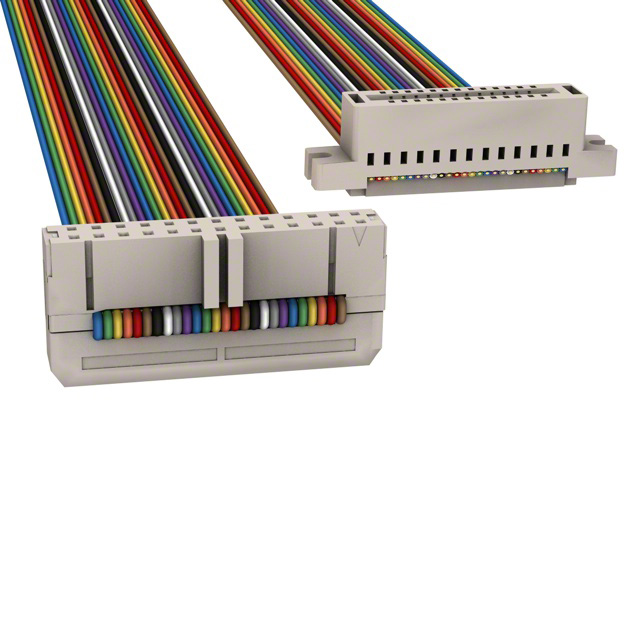


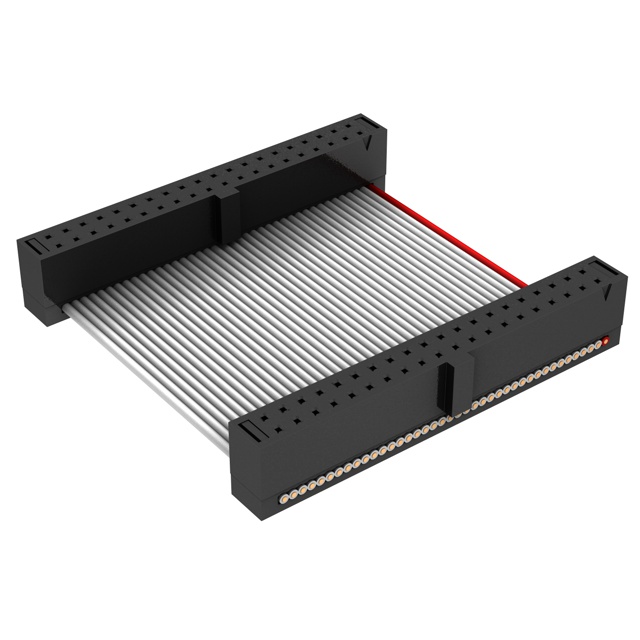
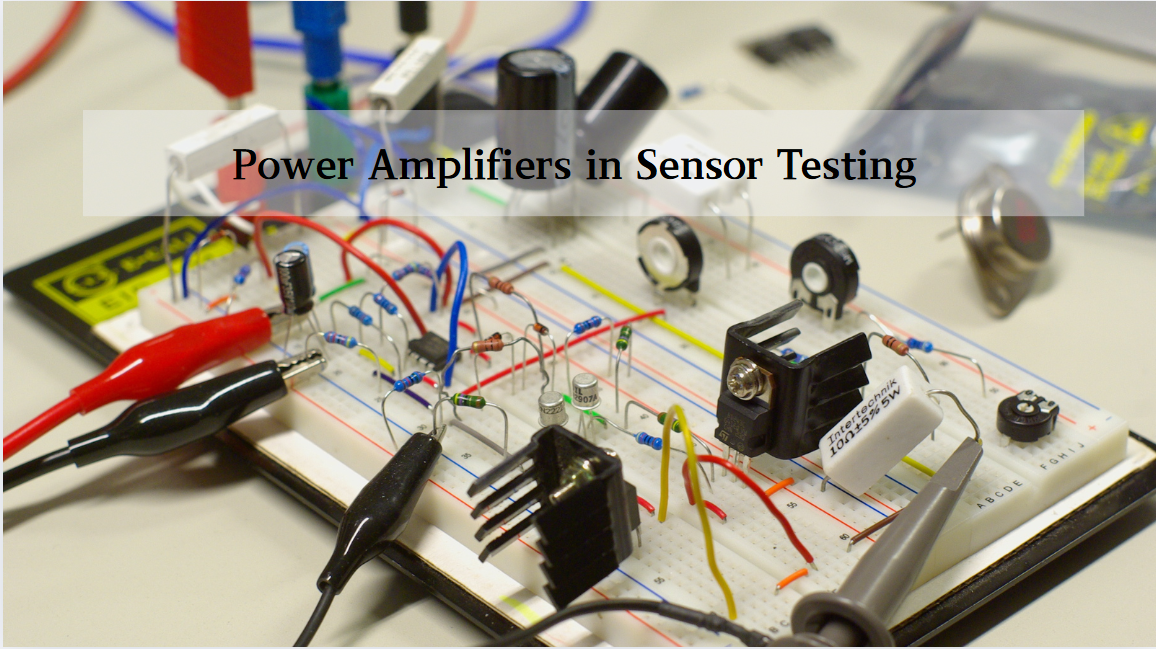
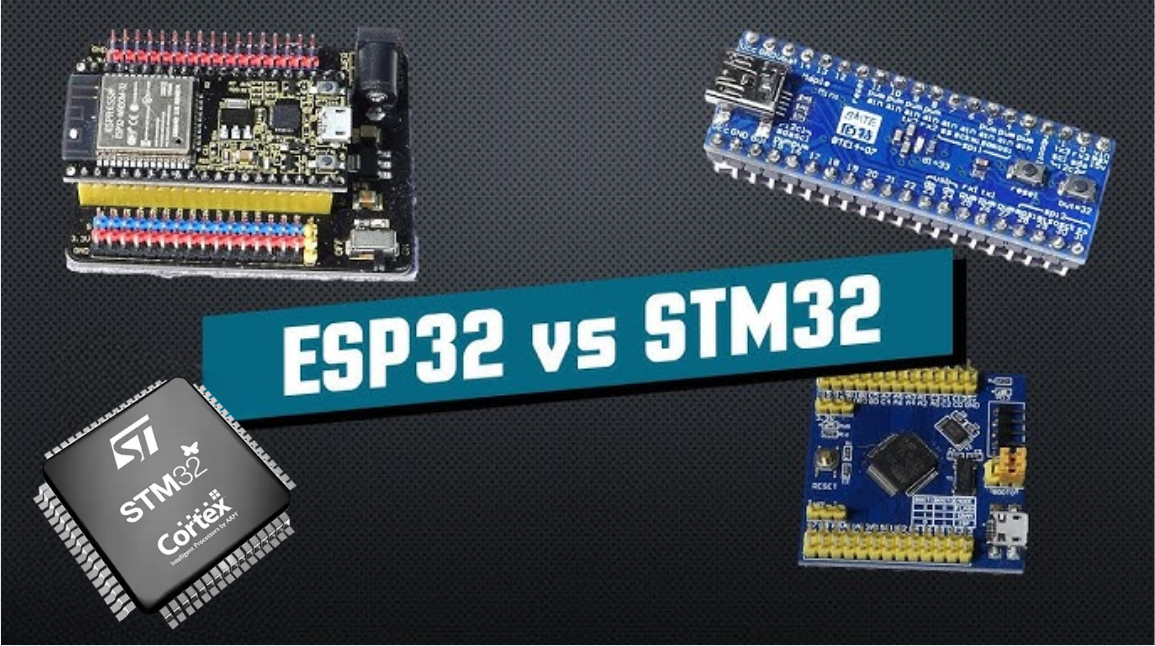
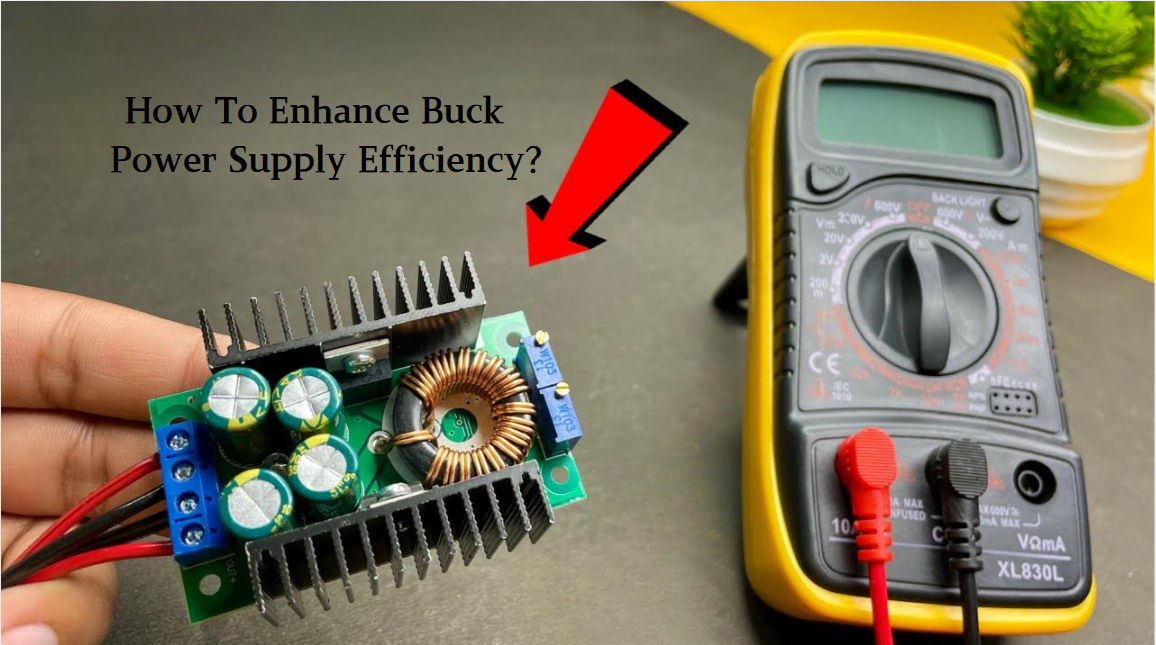






 Wishlist (0 Items)
Wishlist (0 Items)